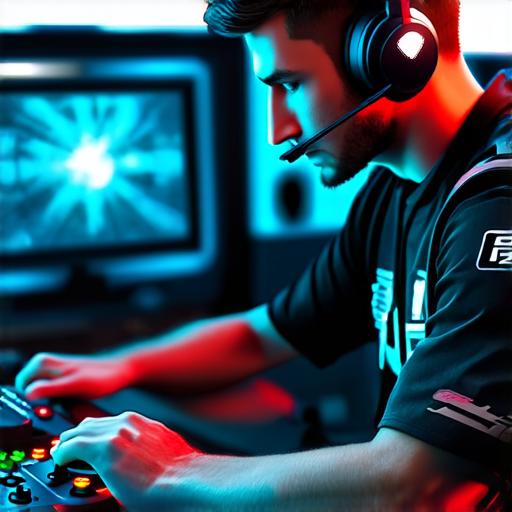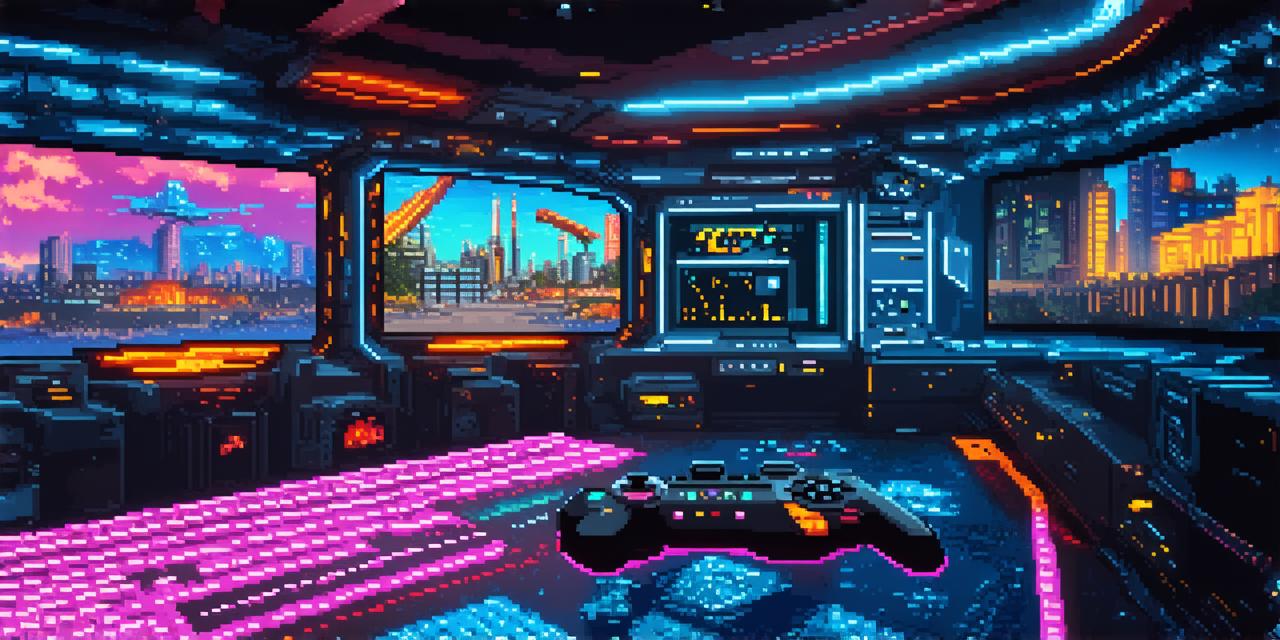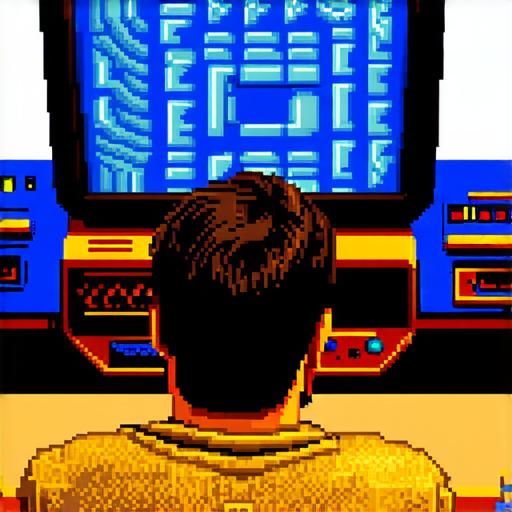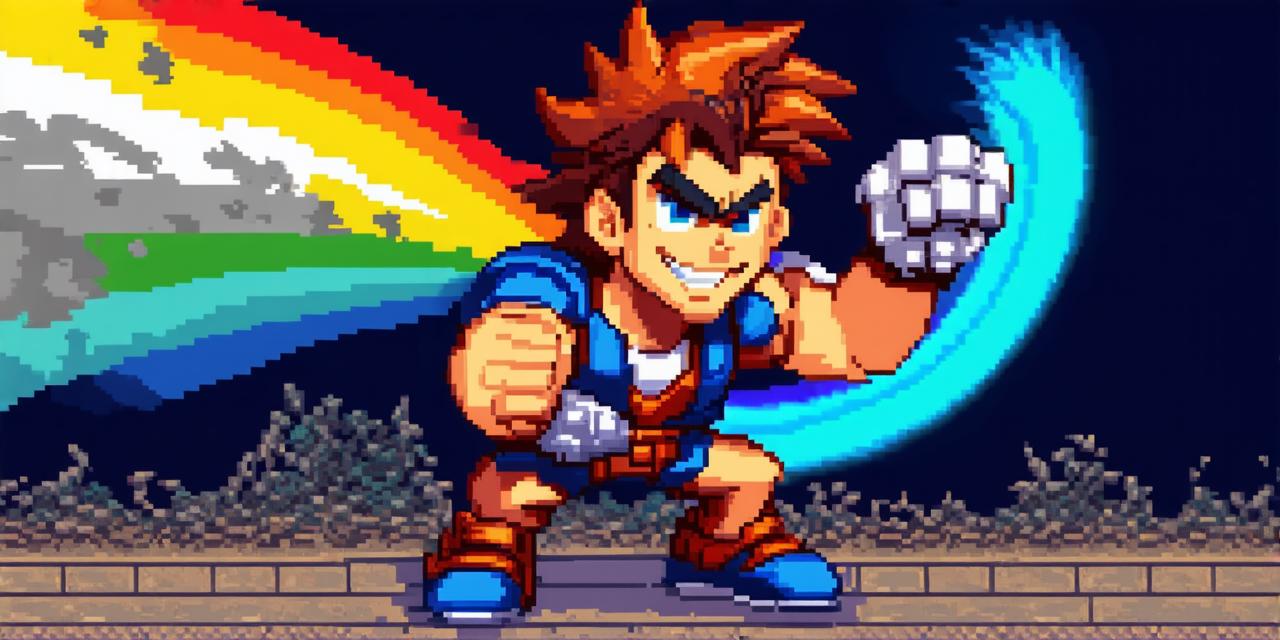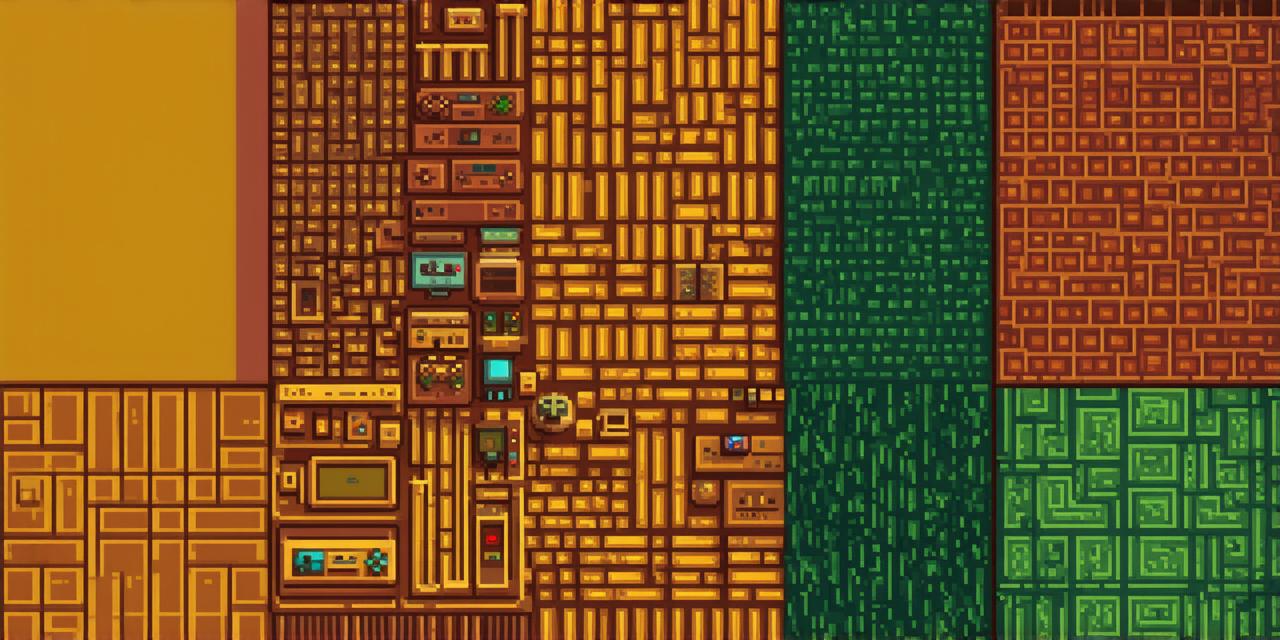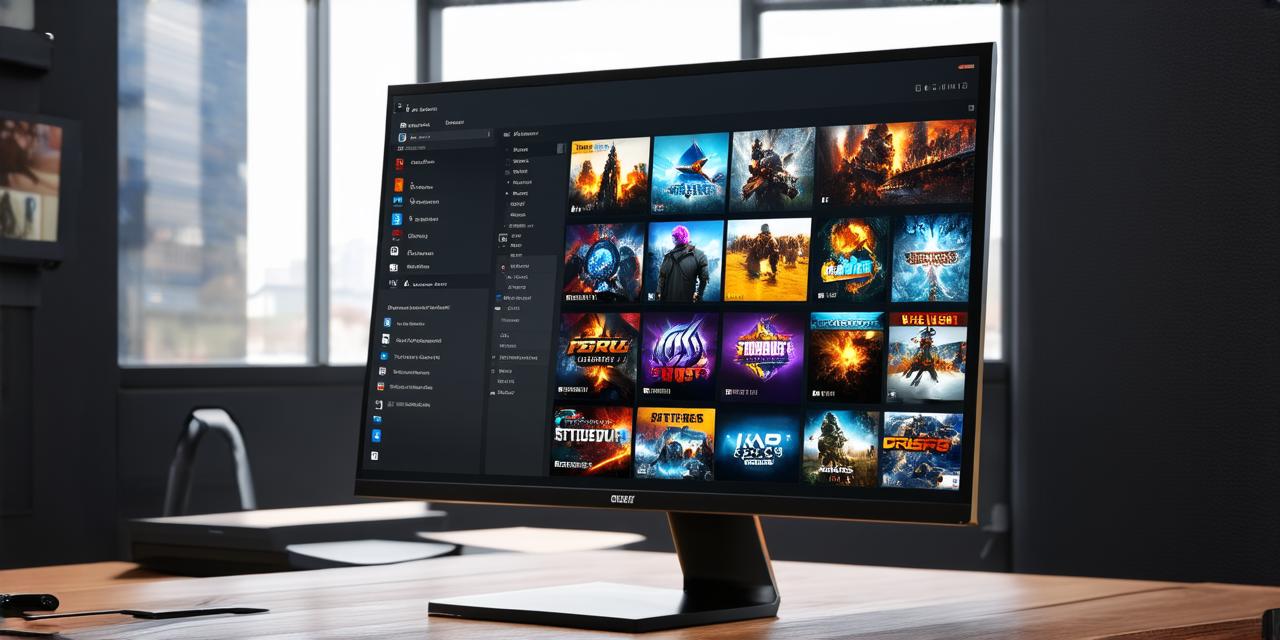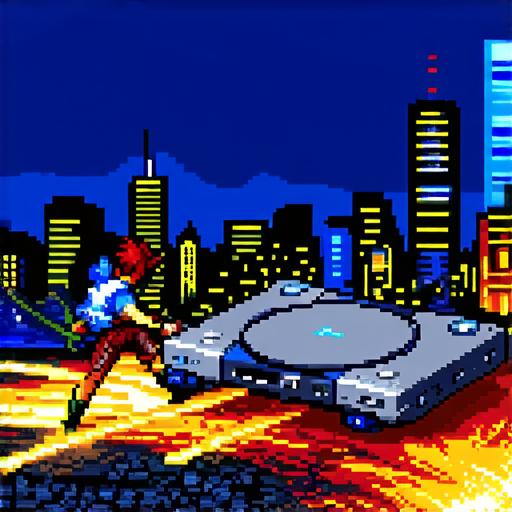What is the highest video game rating
The Evolution of Video Game Ratings: A Tale of Transformation and Progress
Before we dive into the heart of our quest, it is essential to understand the evolution of video game ratings and their significance in shaping consumer behavior. The earliest forms of rating systems emerged in the late 1980s and early 1990s as video game consoles began to gain traction among the masses. These rudimentary systems typically relied on a simple numerical scale, with higher numbers indicating superior games.
One such pioneering system was developed by Nintendo for its NES console, which featured a rating scale ranging from 1 to 5 stars. This system laid the foundation for future rating systems and marked the beginning of a new era in video game criticism and evaluation. In subsequent years, as video game technology advanced and platforms proliferated, so too did the complexity and sophistication of rating systems.
Today, there are numerous rating systems employed by various platforms and organizations, each with its unique methodology and criteria for assessment. These include the Entertainment Software Rating Board (ESRB), which assigns age-based ratings to games in North America; PEGI, the European equivalent of the ESRB; and Metacritic, an online aggregator that compiles critic and user reviews to generate a single, normalized score out of 100.
Each of these systems has its strengths and weaknesses, and the choice of which to use often depends on the target audience and desired outcome. For instance, the ESRB’s emphasis on age-based ratings may be more appropriate for family-friendly games, while Metacritic’s focus on critical consensus may be better suited for hardcore enthusiasts seeking a definitive verdict on a game’s quality.
The Quest for the Highest Video Game Rating: A Battle of Wits and Strategy
With our understanding of video game ratings now firmly in place, let us turn our attention to the ultimate question at hand – what is the highest video game rating ever achieved? To answer this query, we must first delve into the factors that contribute to a game’s success and the strategies employed by developers to maximize their chances of earning a perfect score.
First and foremost among these factors is the quality of the game itself. A truly exceptional title will stand head and shoulders above its peers in terms of gameplay, storytelling, visuals, and overall experience. Developers must meticulously craft each aspect of their game to ensure that it resonates with players on a deep, emotional level.
In addition to the quality of the game itself, there are several other factors that can contribute to a high rating. These include the reputation and track record of the developer, the presence of buzzworthy features or content, and the timing of the game’s release relative to industry trends and competitor activity.
For example, a game developed by a renowned studio with a history of producing critically acclaimed titles may be more likely to receive a high rating, even if the game itself is not particularly exceptional. Similarly, a game that introduces groundbreaking features or content – such as a revolutionary multiplayer mode, an immersive virtual reality experience, or a deeply moving narrative – may garner higher ratings due to its novelty and appeal to players.
Finally, the timing of a game’s release can play a significant role in its ultimate success, with titles that capitalize on emerging trends or gaps in the market often receiving higher ratings than those that are released too early or too late.
The Legendary Journey of “Minecraft”: A Tale of Creativity and Community
As we venture through the annals of video game history, it is impossible to overlook the phenomenon that is Minecraft. Since its inception in 2009, this sandbox construction game has captivated millions of players worldwide, earning a near-perfect rating of 9.3 out of 10 on Metacritic and countless accolades from critics and fans alike.
The success of Minecraft can be attributed to several key factors, including its innovative gameplay mechanics, the vast potential for player creativity, and the strong sense of community that has developed around the game. Developed by Swedish programmer Markus Persson, Minecraft eschews traditional video game narrative structures in favor of an open-world, block-building experience that encourages exploration, experimentation, and cooperation among players.
This unique approach to gameplay has resonated deeply with audiences, who have embraced Minecraft’s boundless possibilities and used the game as a canvas for their own artistic and creative pursuits. In addition to its addictive gameplay, Minecraft boasts a thriving multiplayer community that has fostered countless friendships, collaborations, and even entire subcultures based on shared interests and experiences within the game.

The Impact of “The Legend of Zelda: Ocarina of Time” on Video Game Narratives
As we continue our quest for the highest video game rating, we must make a detour to pay tribute to one of the most influential games in history – The Legend of Zelda: Ocarina of Time. Released in 1998 for the Nintendo 64, this action-adventure title earned a perfect score of 10 out of 10 from Game Informer, making it the highest-rated game of all time according to that publication’s criteria.
Ocarina of Time’s success can be attributed to several key factors, including its revolutionary gameplay mechanics, immersive world-building, and the introduction of iconic characters and elements that would come to define the Zelda franchise. Developed by Nintendo, this title set new standards for open-world exploration, non-linear storytelling, and puzzle-solving, all while seamlessly integrating elements of role-playing and action games.
The game’s memorable characters, such as Link, Princess Zelda, and the sinister Ganon, have become household names in the gaming world, while its innovative use of time travel as a narrative device has inspired countless other developers to explore similar techniques in their own games. Furthermore, Ocarina of Time’s stunning visuals and atmospheric soundtrack have helped to establish a distinctive aesthetic for the Zelda franchise that has captivated players across generations.
The Pursuit of Perfection: Developers Strive for Greatness
As we examine these legendary games and their achievements, it becomes clear that the quest for the highest video game rating is not merely a competition among developers but rather an ongoing pursuit of perfection that drives the industry forward. In order to create truly exceptional experiences, developers must constantly innovate, challenge conventions, and push the boundaries of what is possible in a video game.
This relentless pursuit of greatness has led to some of the most remarkable achievements in the history of video games – from the groundbreaking gameplay mechanics of Minecraft and Ocarina of Time to the immersive virtual reality experiences of today. And as technology continues to evolve, we can only imagine what new heights developers will reach in their quest for the perfect score.
Conclusion
As we venture forth into the unknown realms of future video games, let us carry with us the lessons of history and the spirit of innovation that has defined the industry’s greatest achievements. And perhaps, one day, we will look back on our own creations with the same awe and wonder that we now hold for the legends who came before us.


